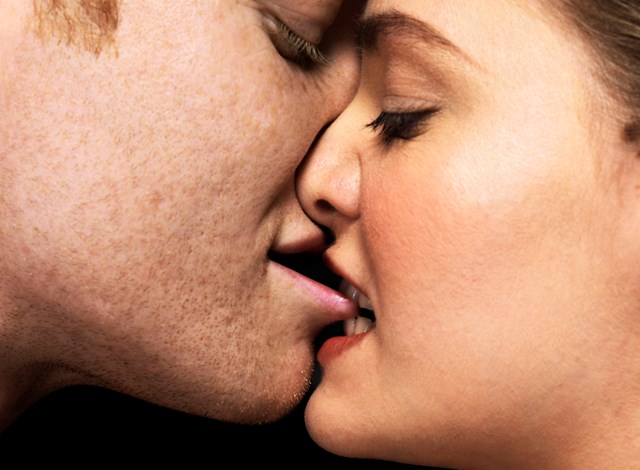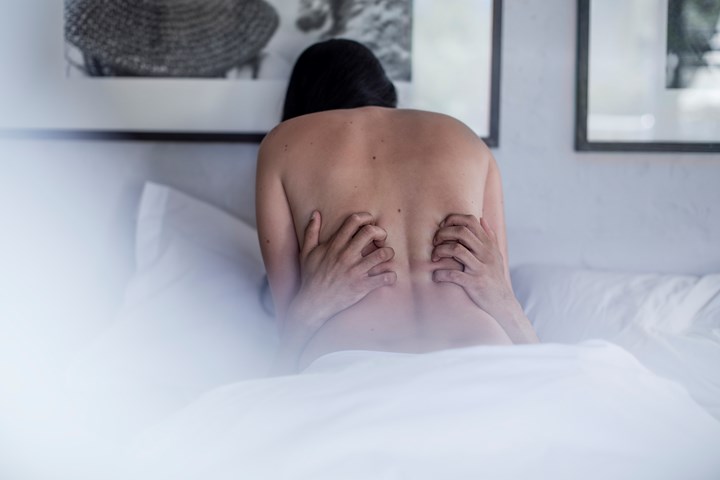
When Shannon*, now 29, went through heartbreak in 2011 over the man she was seeing on and off for two years, it led her to explore casual sex through dating sites like OKCupid and Match.com. It all seemed like fun until she realised she was losing track of the number of men she’d slept with—and her friends started to voice concern.
RELATED: I had sex every day for 100 days. Here’s what happened
Mondays were nice for dates because they broke up the boredom of the first day back to work. What better way to blast through a scary inbox than thoughts of drinks with someone new? I liked to initiate dates and coo to the stranger on Match.com that he was the reason it’d be worth getting up on a Monday. It wasn’t true, but they loved hearing it.
Tuesdays were good for casual hookups, too. Since I would usually reserve Mondays for my rest days from the gym, I still yearned for physical release. If I hadn’t already gone out on a date Monday (although let’s face it, I’ve done back-to-back dates before, sometimes on the same night), I’d go out under the guise of Tuesday Brewsday. Most men love beer, not to mention a woman who drinks it.
RELATED: Your step-buy-step guide to securing no-strings sex
Wednesdays were perfect for going out with someone I met on Saturday without looking too desperate. Unless of course, I had already slept with him that past weekend.
Thursdays were my favourite: great bar specials and only one more day to the weekend (with the next workday to keep me in check). We’d talk about weekend plans, get silly drunk before 9 p.m., have sex, and then I’d take the last train home.
I could keep going, but I’d rather not.
Before I realised I had a sex addiction, I never had an off-season. One time a friend said she wanted to set me up with a friend of hers, but stated that I was in the major leagues and her friend was junior varsity. Not in terms of looks, but just intensity. My friend had only a vague idea of my number of partners, and while it’s not hall-of-fame worthy, it was increasing too quickly. (I think it’s now around 60.)
In 2015 I had a pregnancy scare, and realised there was a chance it could be one of three people, and I’d have no idea which. It’s not as much fun as Mamma Mia! makes it look. I know I have the tendency to brush things off with jokes, but when I got an STD, I got scared. Then, when I realised I couldn’t keep track of the names of all of my sexual partners, I knew I needed to make a change.
Still, I couldn’t stop looking for new men every place I went. I’d size up my prospects at the gym, in business meetings, on the train, at the supermarket, while jogging, literally everywhere. My brain just wouldn’t shut off. It was tiring and distracting. My friends joked that I only had one type of guy—someone with a pulse. Sure, while I had standards, the types of guys I’d get together with didn’t fit any real mould of height, weight, eye colour or race. They were simply within arm’s reach.
Many women’s magazines tell us that men find confidence the sexiest part of a woman, and then try to sell push-up bras and mascara on the following pages. They are 100 per cent right, for the most part. I could use a better-fitting bra or a makeover, sure, but what guys seemed to find most attractive was that I took charge, especially when it came to initiating sex. My girlfriends would ask how I’d always be on dates, looking as ‘average’ as I do. I just told them I put myself out there and ask for what I want. Months later, I was told to stop talking about sex at brunches, and a year or so after that, therapy was suggested. I think one of my tipping points was when my friend told me she didn’t want to share a drink with me at a bar because I made out with a stranger, and she didn’t want to get a disease.
Now, I find healthier alternatives when I’m stressed and reserve more time for me. I value people more in my life, and I really and truly do not put out on the first date anymore. I have been in a committed relationship for months at a time, and glance less at men wherever I go. I’m also on hormonal birth control, which has been known to ebb a woman’s sexual desire. I went on it when I discovered I have polycystic ovary syndrome. The birth control shrank my ovarian cysts, and had the added benefit of taming down some of my sexual urges. I’m grateful because I can focus more, but I don’t have full blinders.
I think the problem with sex addiction is that everyone just assumes having a lot of sex is awesome and there’s no risk of damage. For women, it’s even sometimes seen as a benefit because she’s “more fun” and always ready to go. But my sex addiction has been a serious life obstacle.
So where am I now, in 2017? Single, and sex-free for over a month. I had the shoe on the other foot lately, and got used by a guy I cared about. So now, I’m putting my energy toward marathon training, and have lost weight by replacing sex with running. I get dressed up for me, and think about how I feel in clothes, and not what other people think about how I look in them. It’s liberating.
Do I want to have sex right now? Yes. But can I survive today if I don’t? Absolutely.
*All names have been changed
This article originally appeared on Prevention.


















